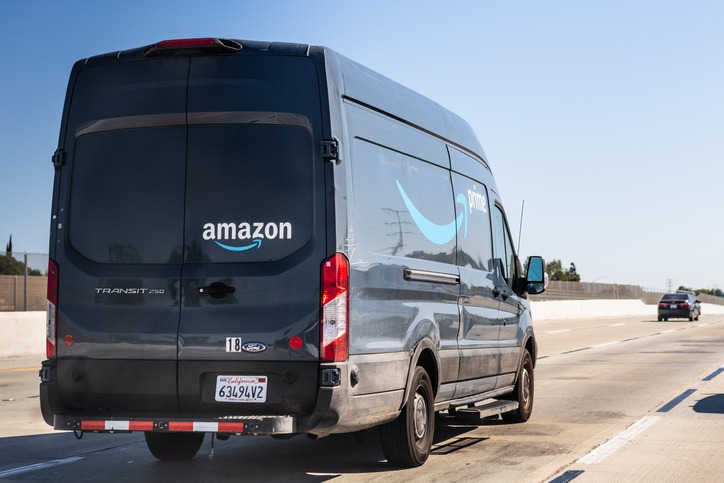In the News: Stacy Mitchell
December 3, 2021
Media Outlet: The New York Times
A new report from the Institute for Local Self-Reliance, a research and advocacy group often critical of Amazon, details the most direct benefit of third-party sellers to the retailer: profits. A third-party seller pays Amazon $34 out of every $100 in sales, the nonprofit institute calculates, up from $19 in 2014.
The money comes from fees, ads and premium logistics that make the merchandise more visible to potential buyers. Amazon called the report “intentionally misleading” because the site does not force sellers to advertise or use its logistics system.
Bookselling at Amazon is a two-tier system, said Stacy Mitchell, a co-director of the institute and the author of the report, “Amazon’s Toll Road: How the Tech Giant Funds Its Monopoly Empire by Exploiting Small Businesses.”
“Best sellers and other books that you might find at a local bookstore are almost all sold by Amazon itself at prices that keep those competitors at bay,” Ms. Mitchell said. “Then Amazon lets third-party sellers do the rest of the books, taking a huge cut of their sales.”
Amazon “doesn’t care if this third-party stuff is a chaotic free-for-all,” she added. “In fact, it’s better for Amazon if legitimate businesses don’t stand a chance. In the same way Amazon wants to turn all work into gig jobs, it wants to turn running a business into a gig job. That way it can walk off with all the spoils.”
Read ILSR’s Amazon research here.
If you like this post, be sure to sign up for the monthly Hometown Advantage newsletter for our latest reporting and research.





